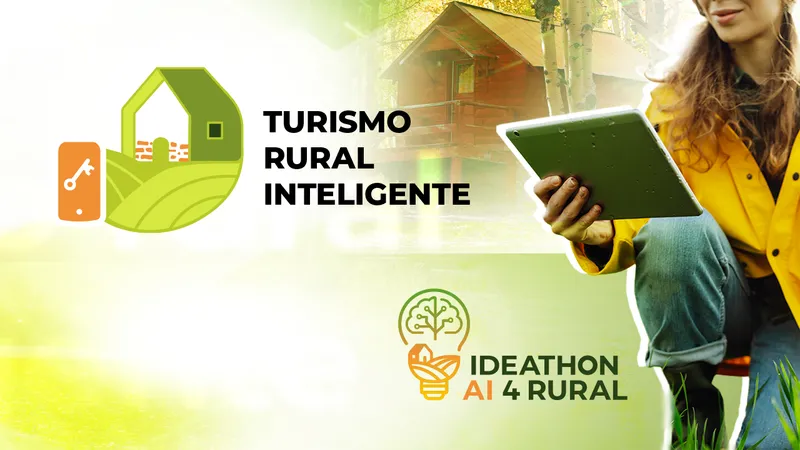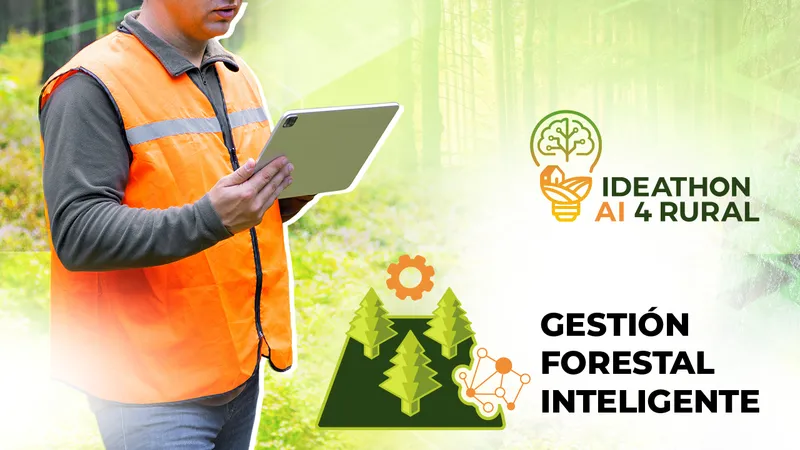
What drives us to throw a coin into a fountain centuries after the Romans did it? Why do we still touch millenary stones to attract good luck? What superstitions lie behind some of our most everyday gestures, such as lighting candles?
All these questions find their answer in cultural heritage, which is composed not only of archaeological sites, unique buildings or monuments of high historical value, but also of intangible manifestations of great cultural significance that have been passed down through generations until today.
At this point, it is important to highlight the relevance of preserving and transmitting this entire historical legacy. And what better way to do so than by using technologies such as artificial intelligence (AI) to bring this cultural heritage closer to younger generations?
Precisely for this reason, the Archaeological Park of Segóbriga, located in the Sierra and Mancha of Cuenca, is a good example of how to successfully apply technologies such as augmented reality (AR) to recover and understand our history, making it more attractive to new audiences and revitalising the area in which it is located.
Cultural Heritage: Identity, Collective Memory and Social Development
The recovery, development and digitalisation of cultural heritage has enormous potential to boost regions at risk of depopulation through tourism, training or the promotion of new businesses built around cultural heritage.
Currently, a significant part of this historical and cultural legacy remains inaccessible or disconnected from younger audiences—the so-called digital natives. However, technologies such as artificial intelligence, mixed reality, Big Data or 3D digitalisation can serve as the gateway for new audiences to discover, understand and appreciate the cultural heritage that surrounds us.
According to official data from the Ministry of Culture, Spain is the second country in the world and the first in Europe with the highest number of UNESCO-listed heritage assets. In the province of Cuenca, there are important treasures within the cultural heritage of Castilla-La Mancha, such as the Walled Historic City of Cuenca, included on the World Heritage List, as well as the Segóbriga archaeological site mentioned earlier, which dates back to the Roman era and serves as an example of how to preserve heritage through digitalisation.
Within the Ideathon AI4RURAL framework, one of the key challenges of this co-creation, networking and innovation event is the digitalisation of cultural heritage. Proposals under CHALLENGE 3: “Digitalisation of cultural heritage: how to reinterpret and bring cultural legacy closer to new audiences through AI and immersive experiences” apply AI and advanced technologies to reconnect cultural legacy and future, taking into account the following objectives:
- Facilitate access to cultural heritage from digital environments and personal devices.
- Attract young and urban audiences through interactive and immersive experiences.
- Help reinterpret cultural legacy by combining creativity, technology and new digital narratives.
- Contribute to the conservation, management and sustainability of cultural heritage.
Advanced Technologies to Achieve Immersive Experiences
Culture and the arts are increasingly committed to creating unique experiences through interactive and multisensory spaces. We no longer just want to see; we also seek to perceive with the rest of our senses: touch, smell, taste… Within this growing trend, cultural heritage also relies on immersive experiences to capture the attention of audiences that are increasingly demanding and overstimulated.
Understanding user preferences is key; this is why advanced technologies can be great allies in offering visitors what they demand through the digitalisation of cultural heritage, new narratives, augmented reality or AI. All these technologies bring users closer to the immersive experiences they seek and allow cultural managers to connect with new audiences, improve heritage management and facilitate access to knowledge, while also ensuring the preservation of heritage.
In this direction, and through the Ideathon AI4RURAL initiative, Itecam is calling for the development of functional ideas that can be tested through prototypes in specific heritage settings such as archaeological sites, museums, cathedrals/churches, routes, etc. Also, for solutions that can be replicated across different types of heritage (tangible and intangible); proposals that allow technologies such as AI, the digitalisation of spaces and unique buildings, Big Data to enhance large volumes of historical data, the Internet of Things (IoT), chatbots or data visualisation systems to coexist. All of this, hand in hand with cultural agents and local entities of the Sierra and Mancha of Cuenca.
Expected Impact of AI4RURAL on Cultural Heritage Digitalisation
The expected impact of the third challenge of the Ideathon AI4RURAL is based on key principles such as: revitalising heritage as a cultural, educational and economic driving force; increasing its accessibility and value through technology and innovation; generating opportunities for creators, technology companies and local stakeholders; and promoting regional identity and the digital transition of the cultural sector.
The aim is for the projects and tools presented to be implementable in real heritage environments, scalable to other contexts and/or regions, and capable of generating measurable impact for visitors but also for the local community of the Sierra and Mancha of Cuenca.
The future of the cultural heritage of the province of Cuenca finds in digitalisation and advanced technologies a development pathway with multiple possibilities. In this way, the digitalisation of the heritage of this area ensures the preservation of its artistic, heritage and documentary richness, while also creating development alternatives for regions at risk of depopulation.
If we protect our cultural heritage today, we will highlight the legacy of the past and keep our collective memory alive for future generations. And in this, technology has much to contribute.


